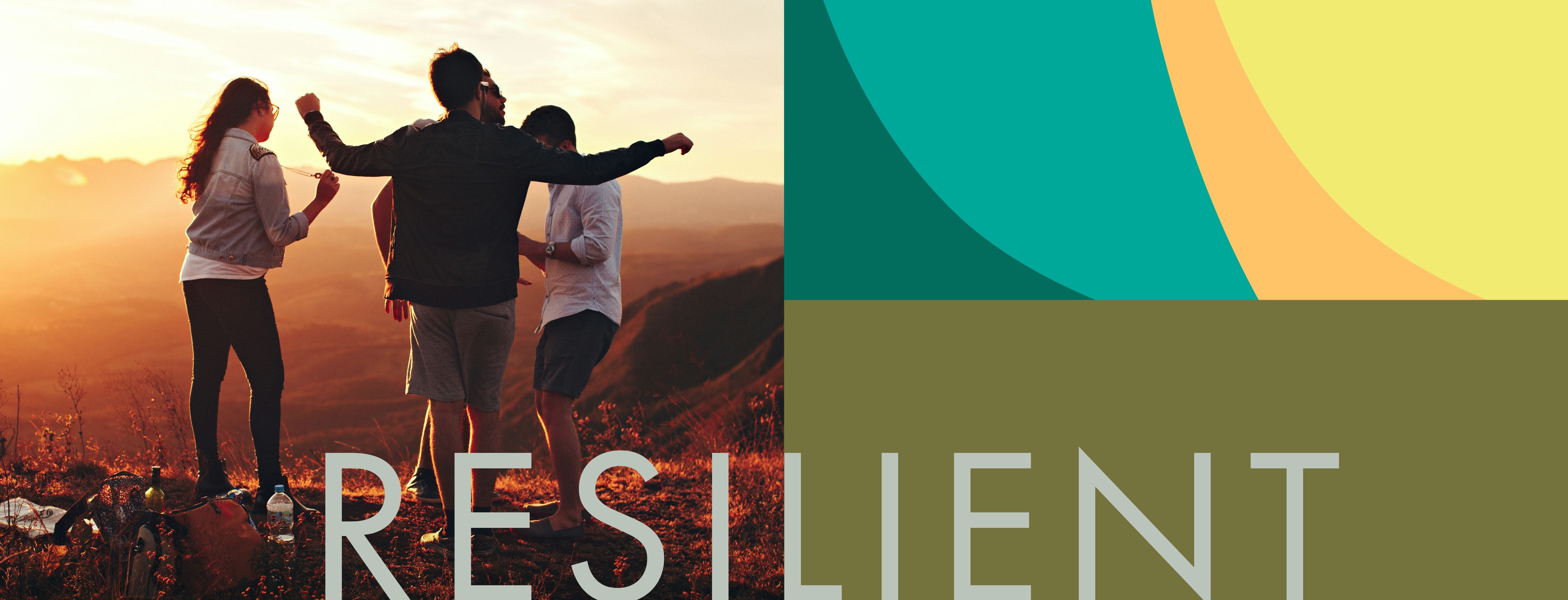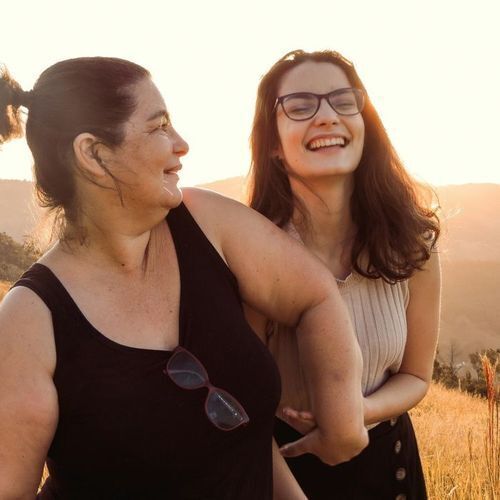Learn to Stand
on Your Own

Living on your own often comes with a long list of to-dos. We're here to ease the transition to adulthood, helping young adults thrive independently by learning life skills, engaging with their community, maintaining employment, managing finances, and anything else that comes along with navigating everyday life on their own.
Our Independent Living Services support young people as they move into the next phase of their life. We provide the tools and guidance they need to build confidence, independence, and the skills for a successful future.


